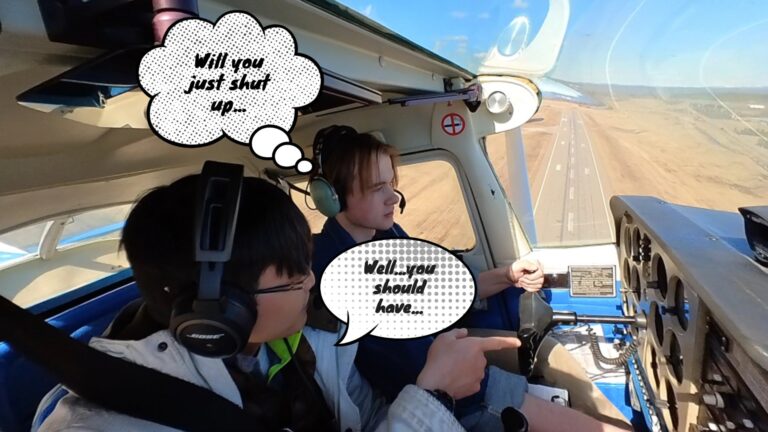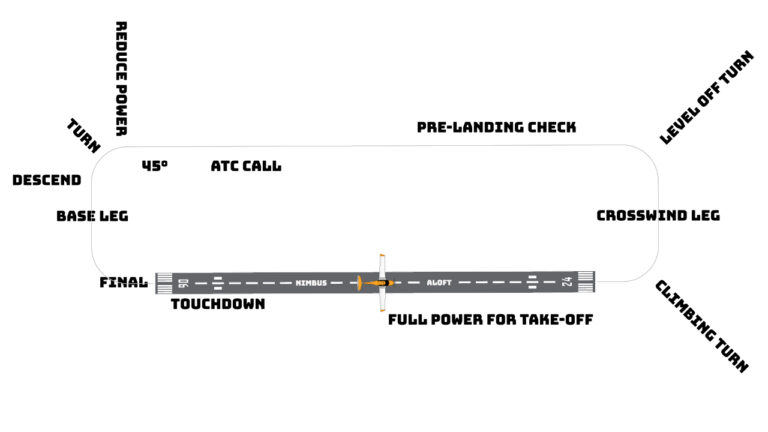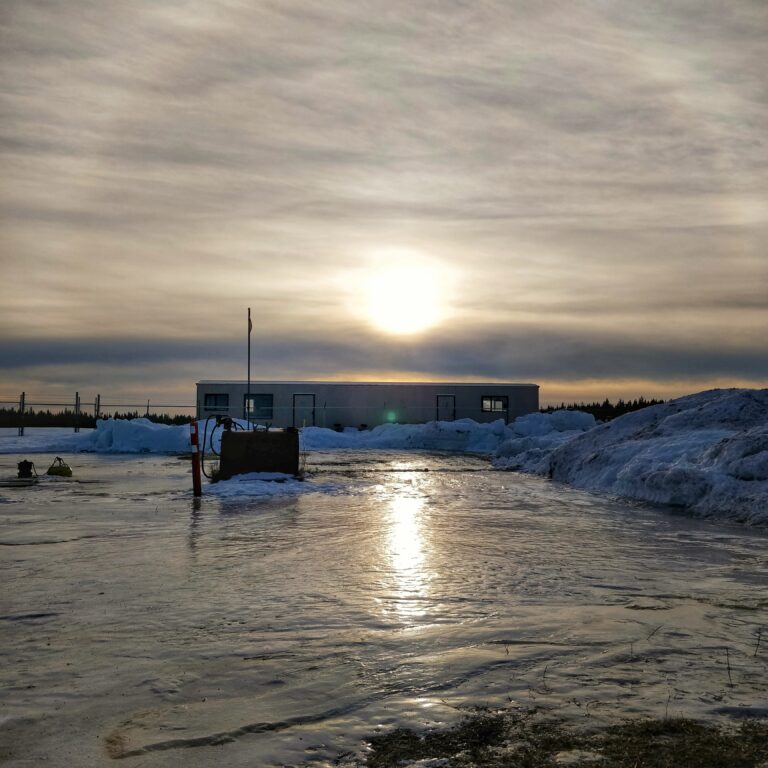The weather was good and winds weren’t strong. My student (let’s call him J) and I went up for circuits to practice take-offs and landings. We were covering runway change, among other things, to prepare him for his first solo. J was working towards his first solo. His take-off, flying and landings have been pretty good at this point.
This flight turned out more interesting than I had expected. He mistook a taxiway for a runway. It was definitely a learning experience for the both of us.
Runway Conditions
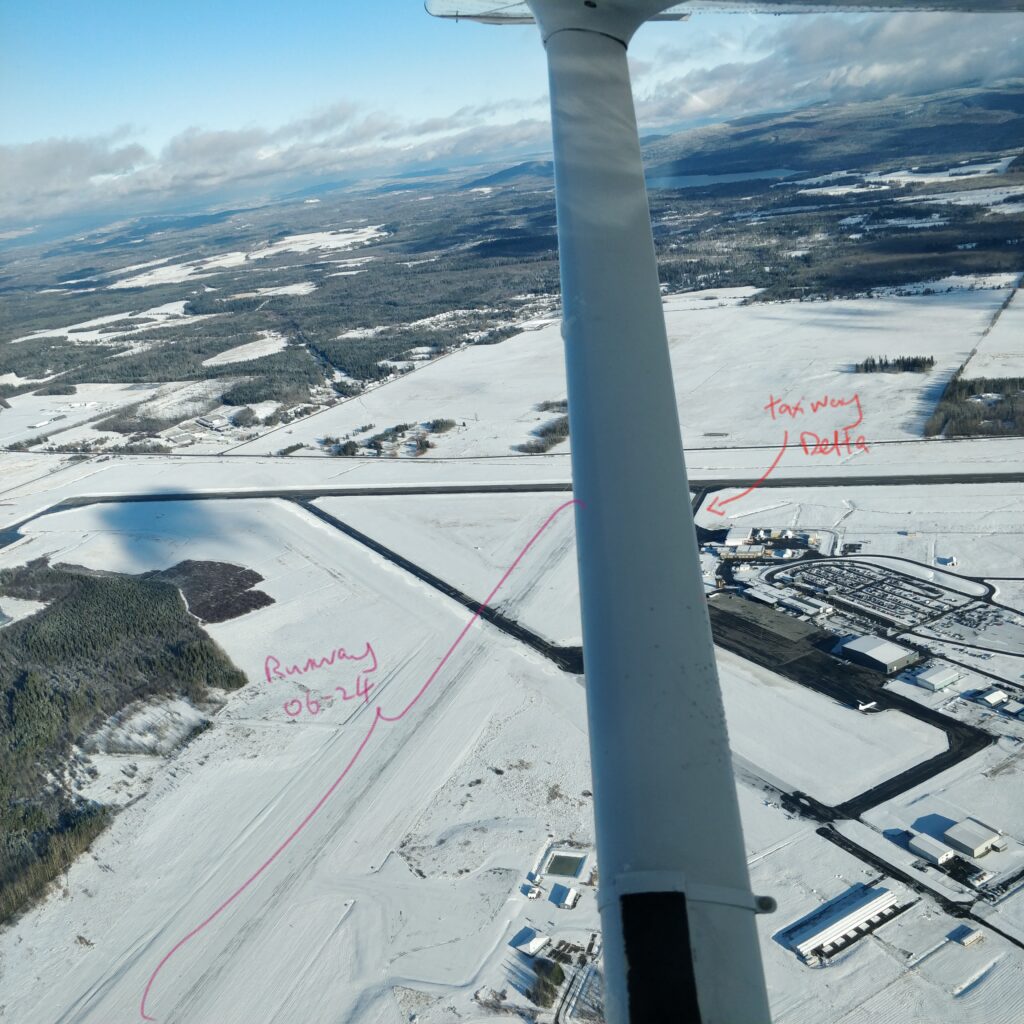
A brief introduction to the airport layout. The 3 runways allowing landings in 6 directions, giving more than 18 possible landing options (left downwind, right downwind, left base, etc…you get the idea). Out of the 3 runways, only 2 are available for landing and touch and go. The third runway, runway 06-24, was covered in snow and ice due to the lack of winter maintenance (cost cutting measure I guess). Taxiway Delta, parallel to runway 06-24 was clear of snow.
Request Runway Change From Control Tower
“… can you give us some random runway changes for practice?”
Radio call to control tower
I requested ATC (Air Traffic Control) to give us random runway changes for practice. This means, we only get to know our assigned runway only after we finish our touch and go. Every pilot knows that landing and take-off are the most dangerous phases in flying. If anything goes wrong, there is not much altitude for corrections. Having last-minute instructions from ATC during these phases are not uncommon. However, it could be too much for a student pilot to handle.
ATC asked me if it is ok to do a low pass (flying past without touching the runway) if we were given the snow-covered runway 06-24. I accepted this suggestion over the radio as it allows us one more runway to practice runway change. We start practice and prepare for whatever runway change ATC gives us.
So What Happened?
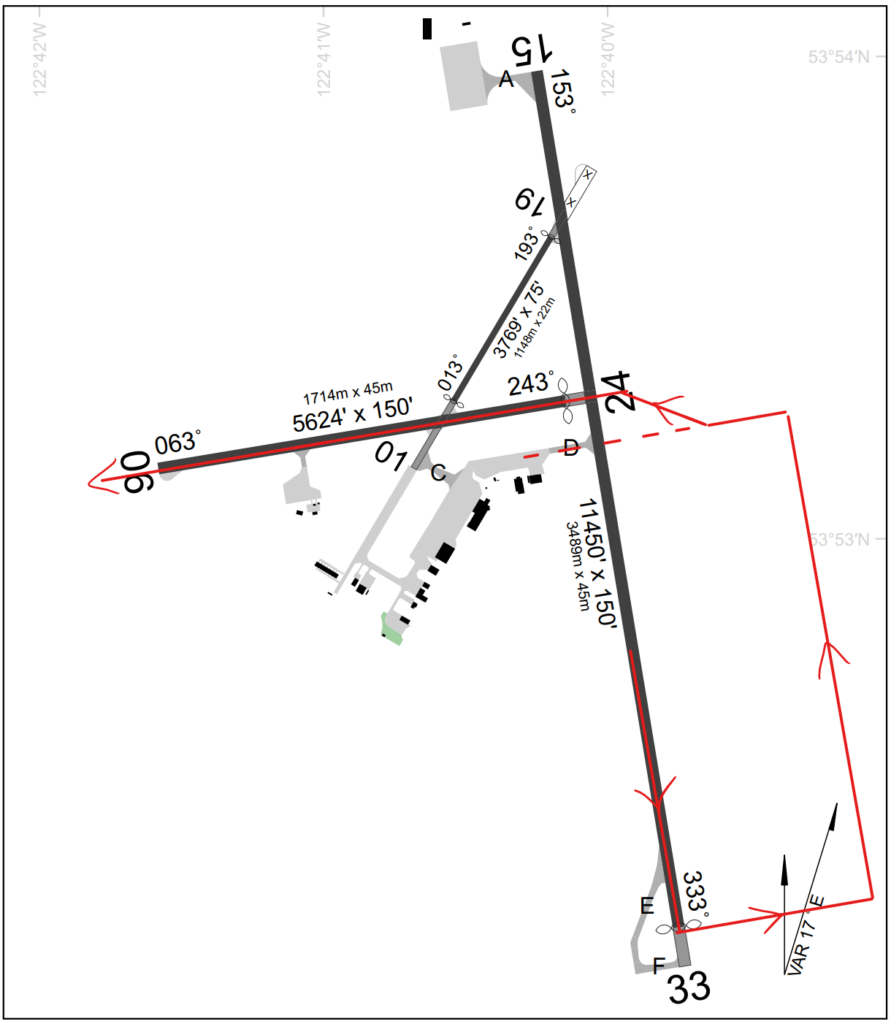
J and I took-off from runway 15 and was attempting to fly the left-hand circuit. Just before we turn onto the crosswind leg, we were given runway change instruction to join left base for runway 24 for a low pass. J quickly planned the route and altitude before flying the airplane to join left base runway 24.
Soon after, we were cleared for the low pass by tower.
When we are on final, I told J to align with the runway. I have to prompt a couple of times and gave him a final warning that if we continue on this path, we will fly into the control tower. When we were on short final, I had no choice but to take control. I made a drastic direction change to put us inline with the runway before handing controls back to J. We did a low pass over the snow filled runway as planned before flying a right circuit.
At That Moment, A Thought Ran Through My Mind
I have flown with J a couple of times and he has always been attentive. It feels odd that he couldn’t do the simple task of aligning with the runway. I didn’t ask him why that incident happened during the flight because I wanted him to concentrate on the remaining of the flight.
After the Flight
During our post-flight briefing, J voiced out that he found it odd that I kept prompting him to align with the runway when he was already inline with the “runway” centerline. He mentioned it was only when I took control and put the airplane on the real runway centerline, that he realized he was lined up with taxiway Delta instead.
We joked about he almost doing a Harrison Ford.
Among other suggestions I gave to help him improve, I emphasized the importance of paying more attention to the visualization of different scenarios during pre-flight preparation. After all, I won’t be there to get him out of trouble when he is on his solo flight.
Conclusion
It goes to show that even with information and warning on exceptional conditions, mistakes can still happen. I am glad to be onboard with him on this flight to prevent any accidents. At the same time, add this situation to his library of aviation experience without causing any problems.
This situation doesn’t happen often. In fact, it’s the first time I experiencing it! I hope this incident can make him more situationally aware and become a better pilot. Looking forward to my next flight with him!
Be sure to check out my other blog post here and follow me on Facebook! Feel free to leave you thoughts in the comment section below.

